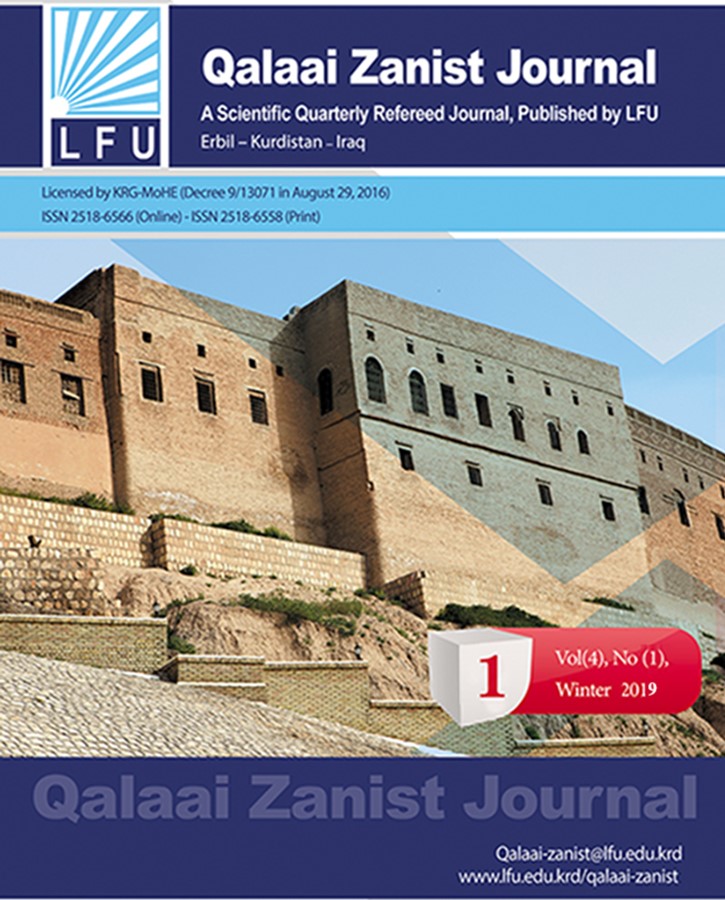The historical and intellectual roots of the Islamic state organization in Iraq and Syria
##plugins.themes.bootstrap3.article.main##
Abstract
The new Islamic state declared in Iraq and the Levant, beginning with its emergence and until the announcement of a new Islamic caliphate (by ISIS), was an advocate of the objectives of the Islamic fundamentalist parties and the extremist ideas that arose in the region. In view of the circumstances at the time, it was easy to spread their ideas and ambitions. Many people joined them and they took control of vast areas of Iraq. The so-called caliphate asserted new borders and conflict with the alliance against them resulted in many deaths of those involved and affecting many families of those involved. The impact of this instability constitutes a major threat, so it is necessary to understand the history of the origins and foundations of this radical Islamic doctrine to throw light on the direction it took. A Muslim who is aware of the teachings of his Lord is not distracted by the words of such a doctrine and insight deters dissemination and combats the destructive effects of disinformation. The researcher is investigates these historical and intellectual roots. He goes from the history of the emergence of jihadist ideology in Iraq to the selfdeclaration of so-called ISIS and then the Islamic caliphate and then deals with the doctrinal approach of the organization towards other branches of Islam and non-Muslims. The study was based on inductive, analytical and descriptive methods.
Information is gathered about the Salafi-Jihadist trend in Iraq, which is considered to be a strong movement that dominates a vast area of Iraq and Syria. The intellectual foundations of the organization is described with reference to their core citations and written output including their most important texts.
Downloads
##plugins.themes.bootstrap3.article.details##
How to Cite
Copyright (c) 2019 آدم عبدالجبار عبدالله (بيدار)

This work is licensed under a Creative Commons Attribution 4.0 International License.

